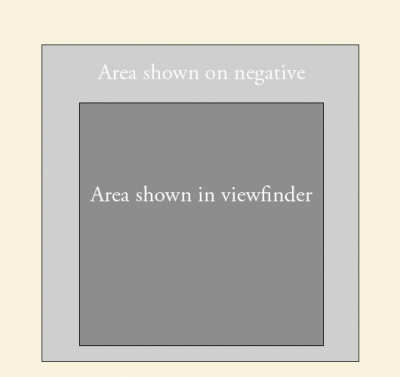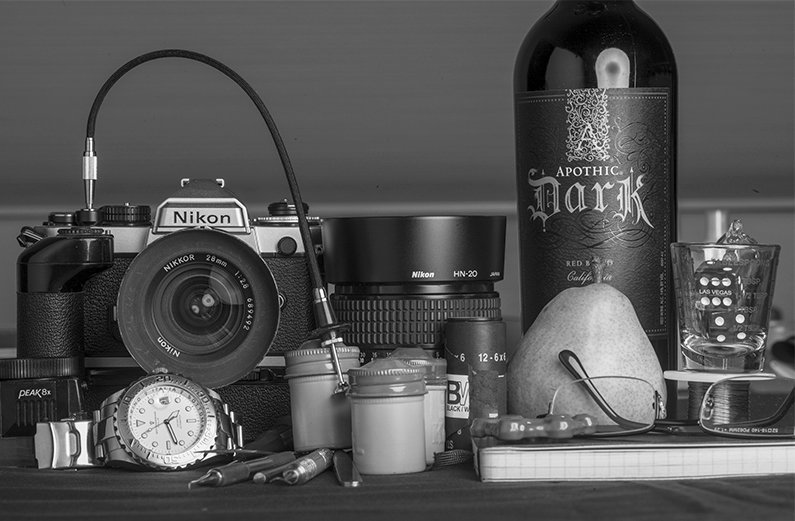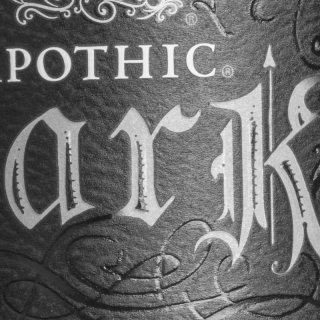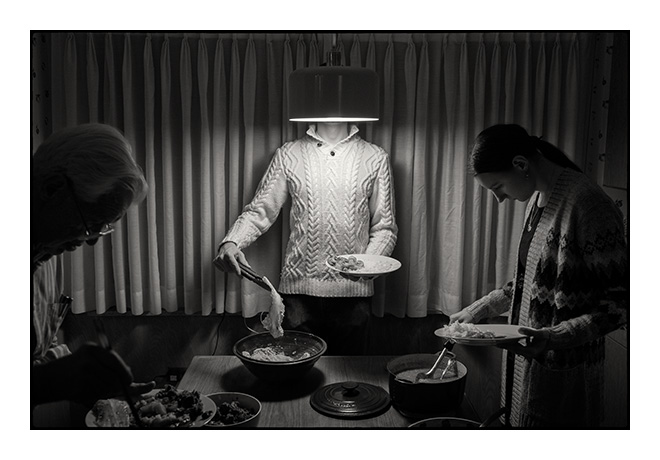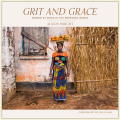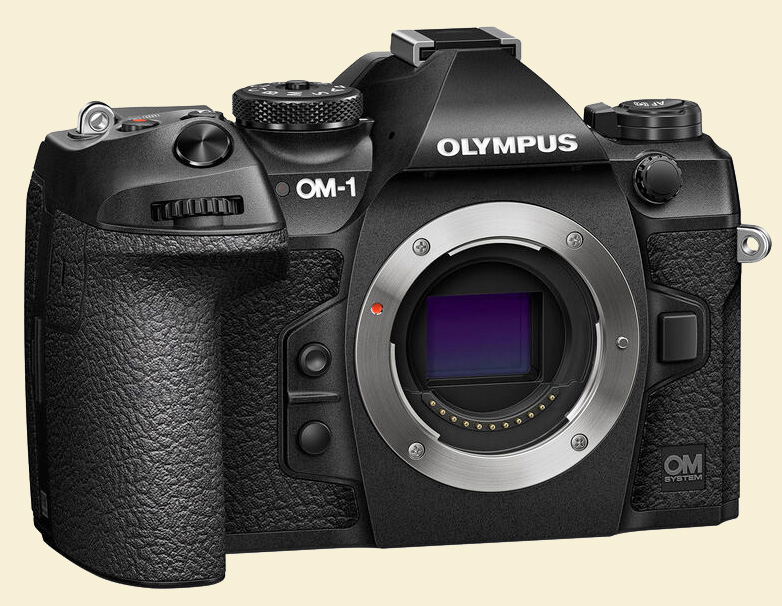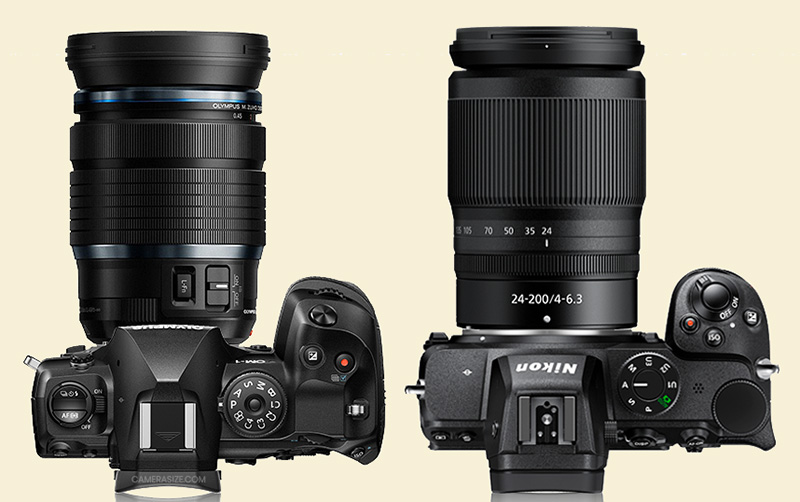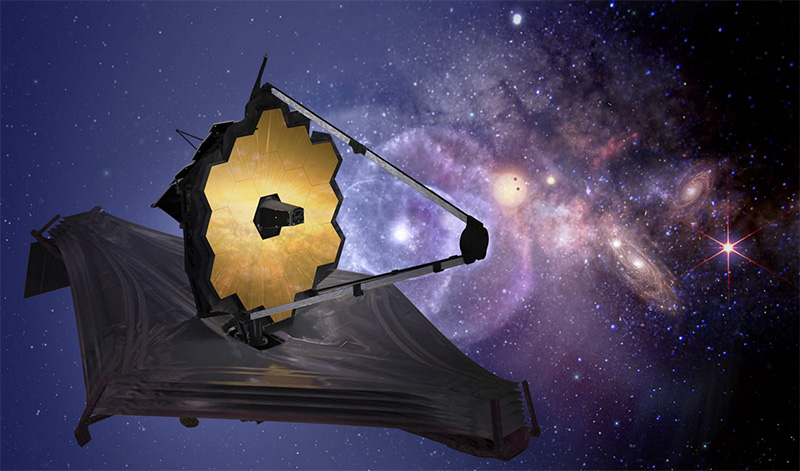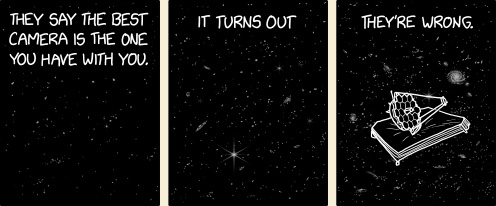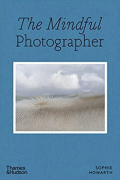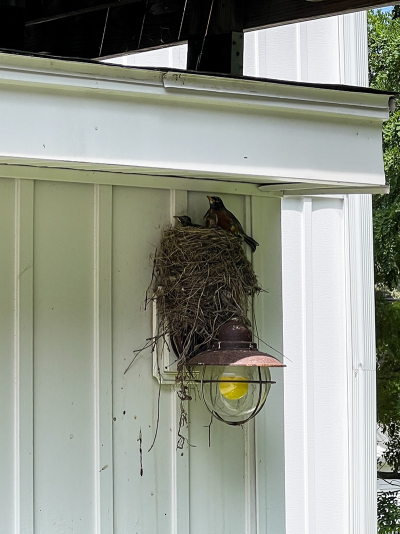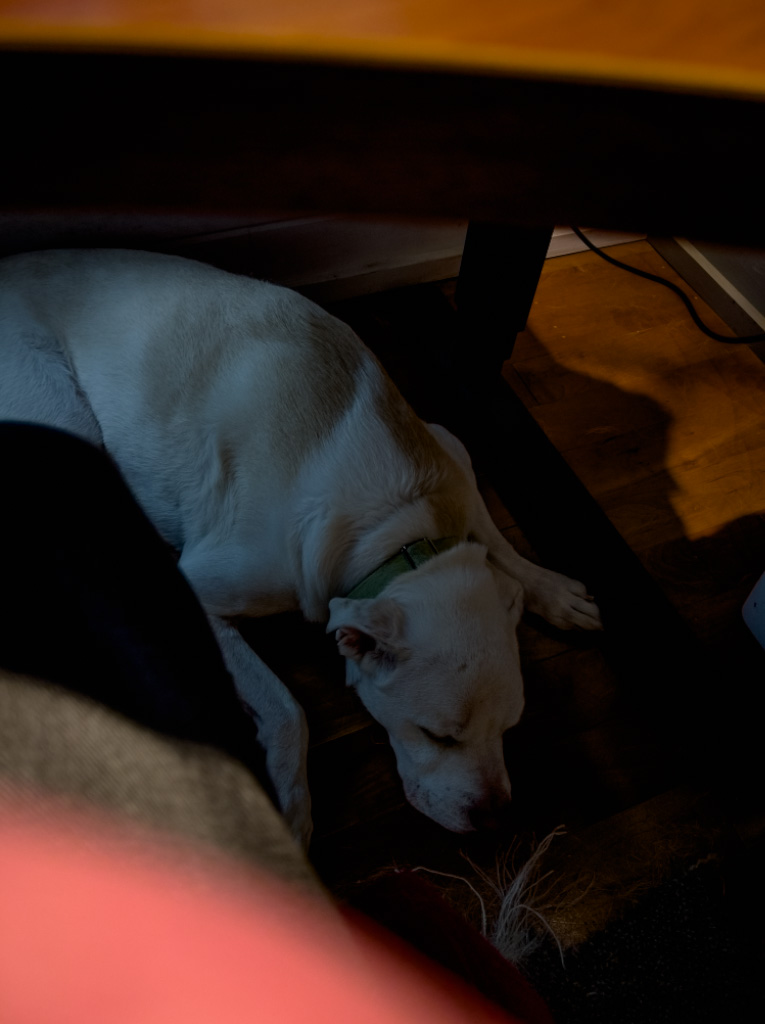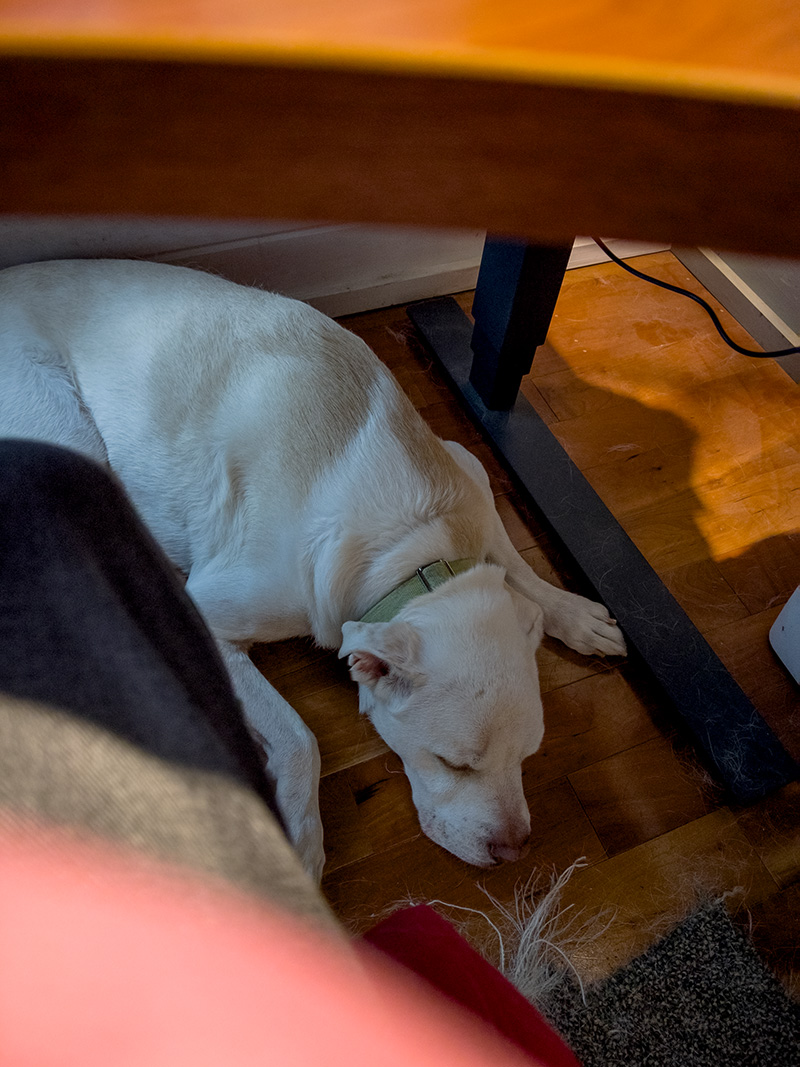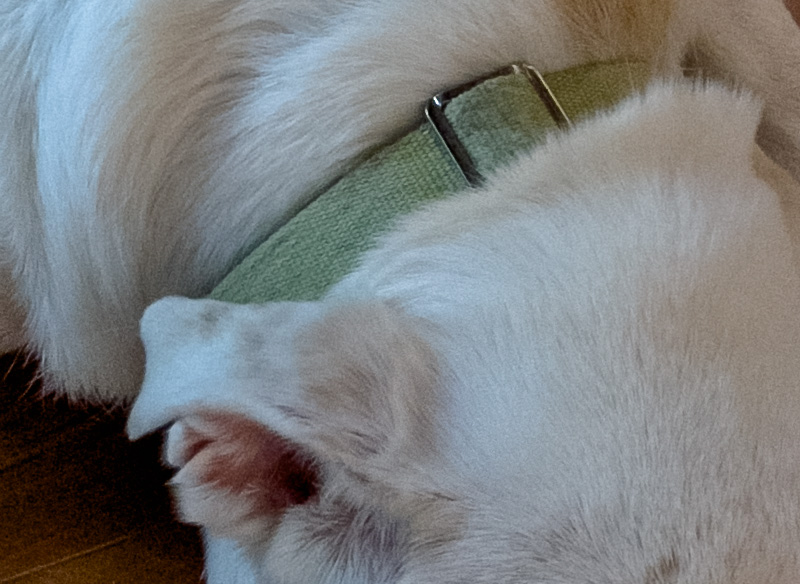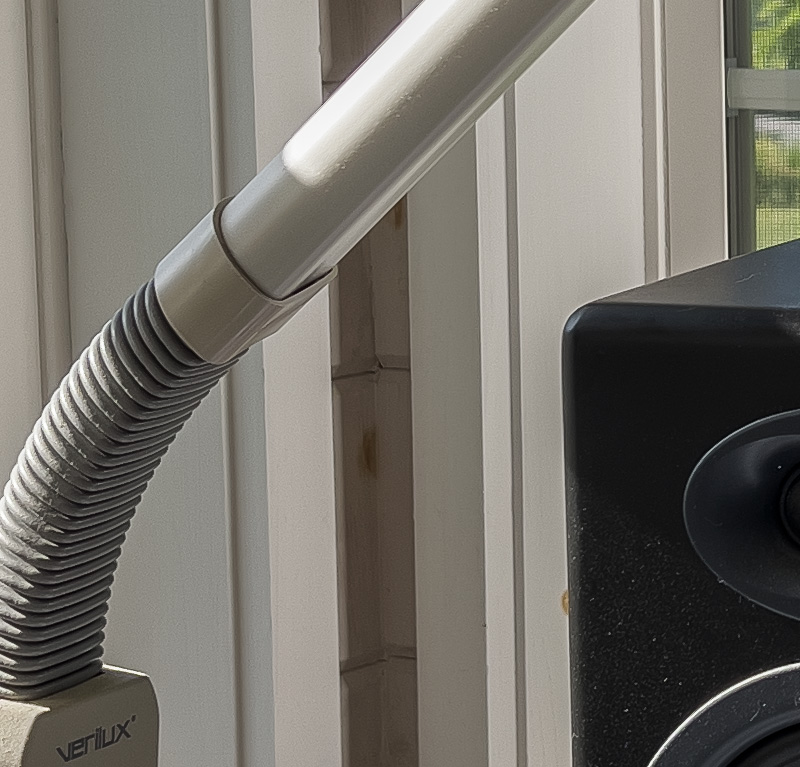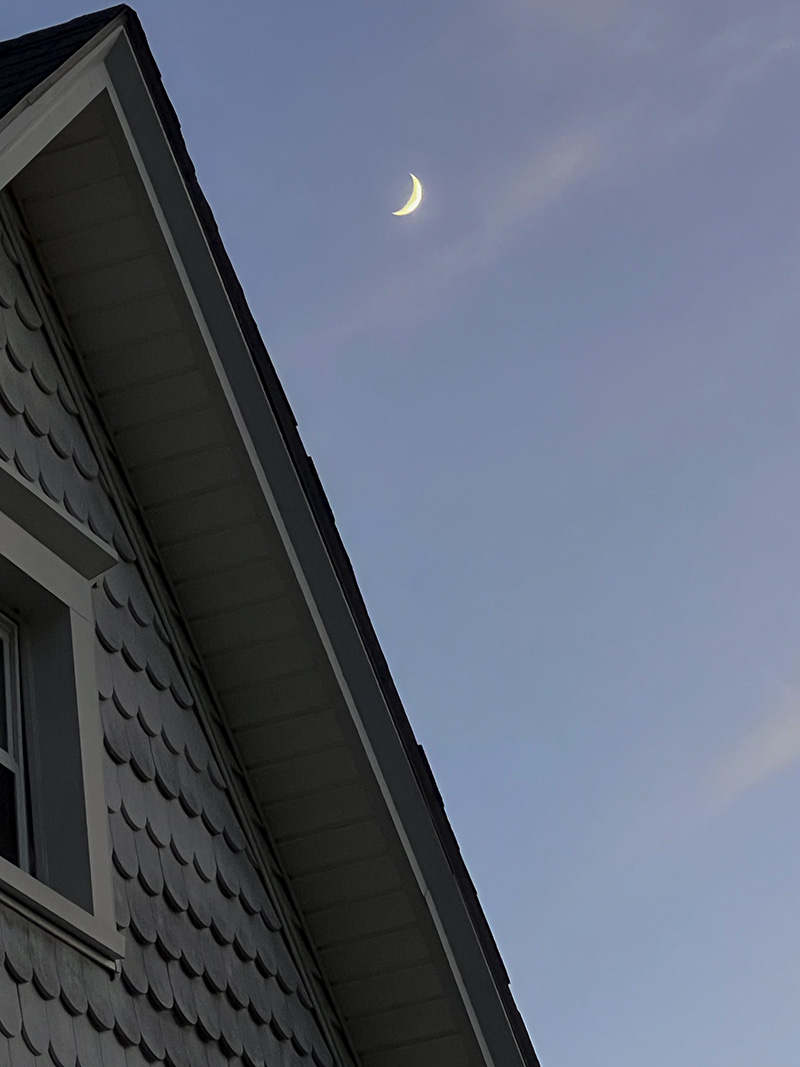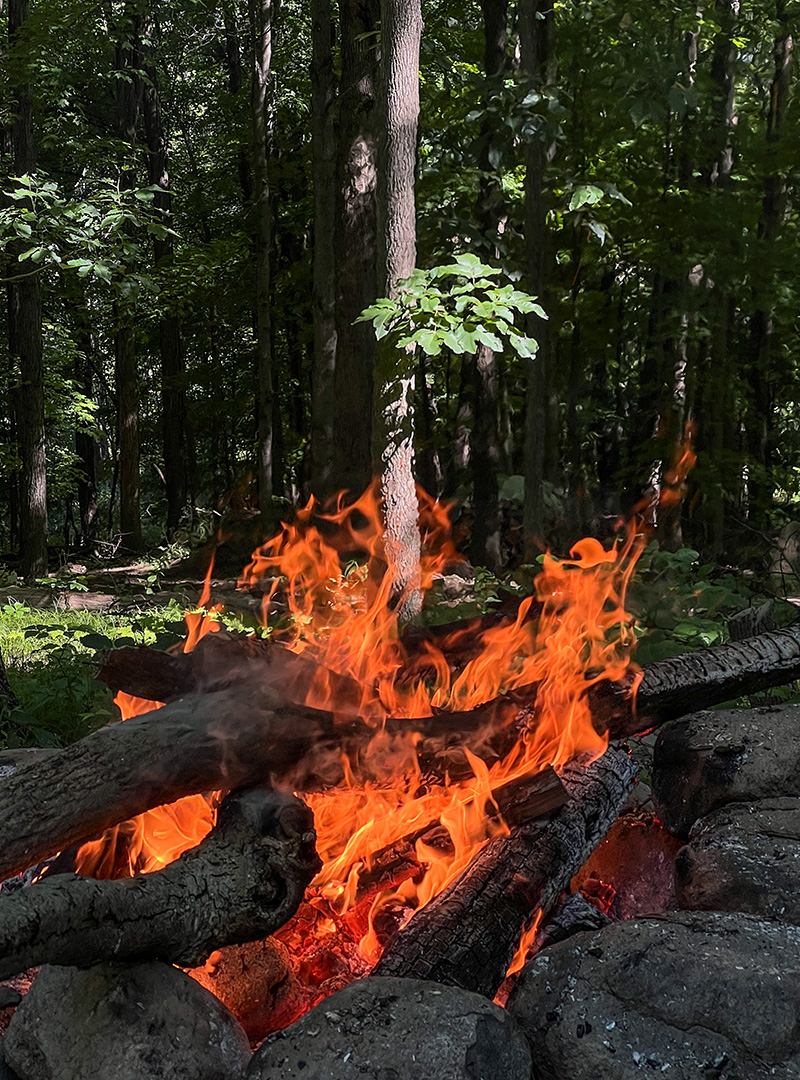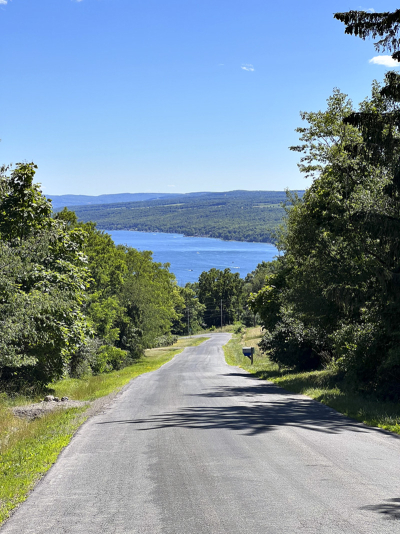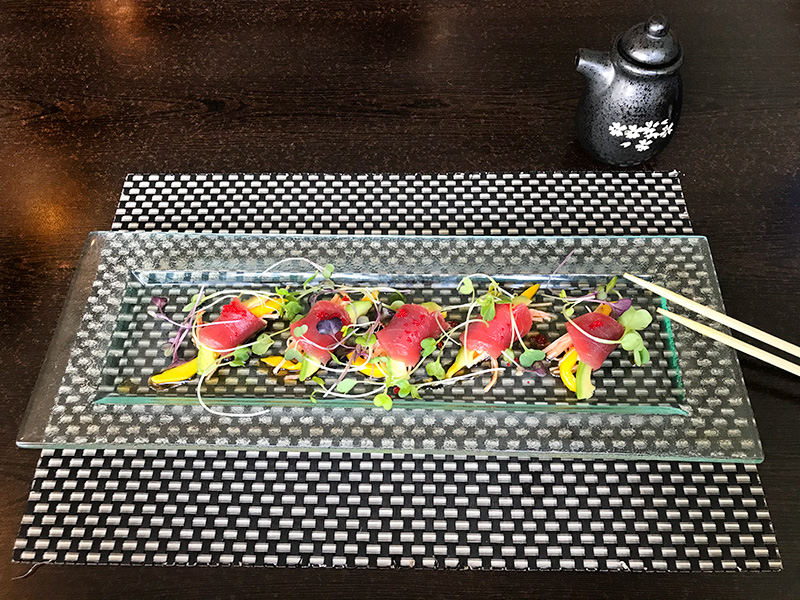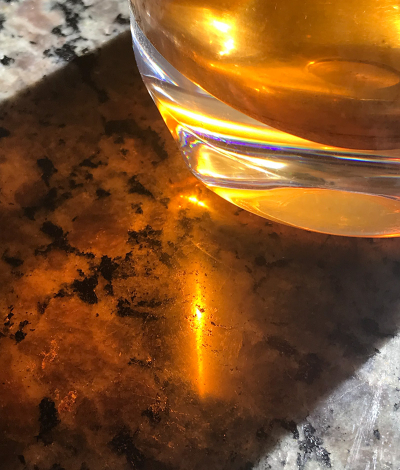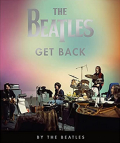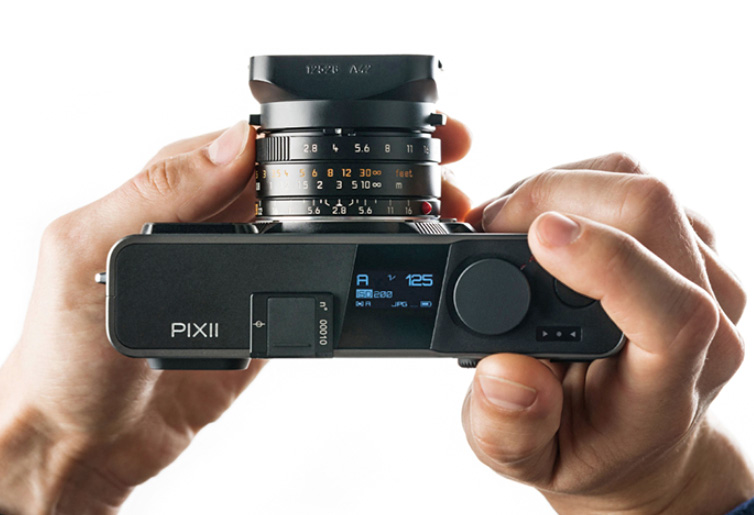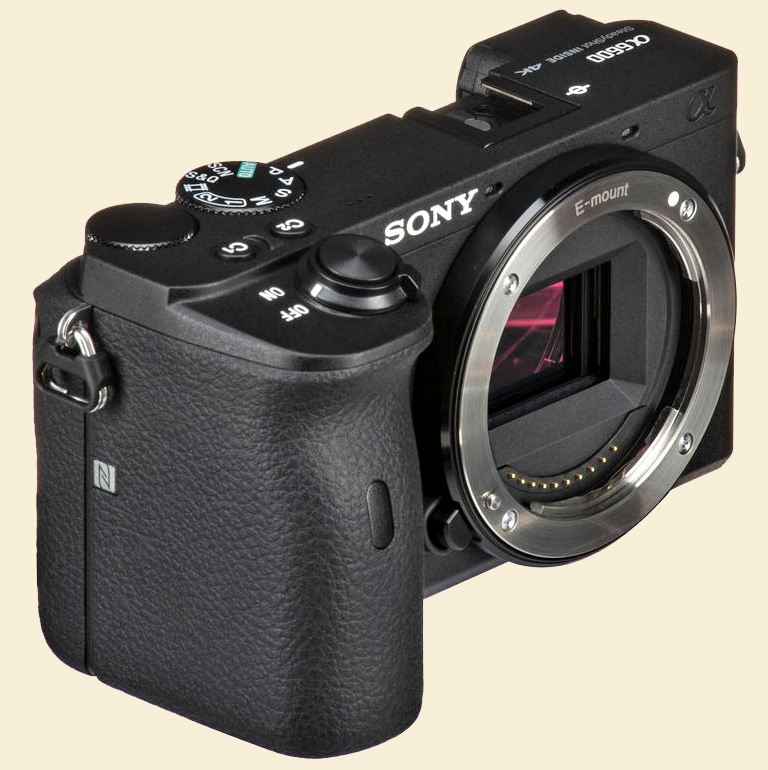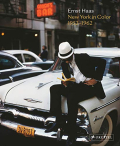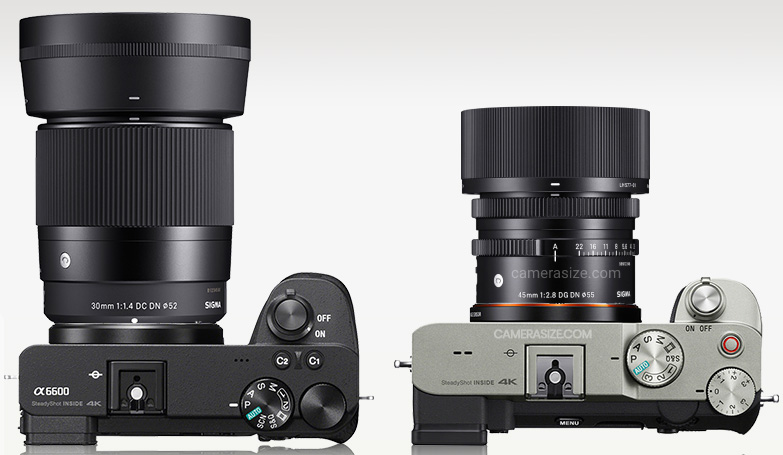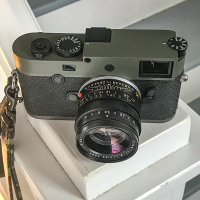 Recently I've been shooting a bit (not a lot) with a Leica M10 Reporter courtesy of a reader friend, Jack. I've been treating it with kid gloves and never taking it farther than the backyard. I literally can't afford to damage or lose it. Worry not, Jack!
Recently I've been shooting a bit (not a lot) with a Leica M10 Reporter courtesy of a reader friend, Jack. I've been treating it with kid gloves and never taking it farther than the backyard. I literally can't afford to damage or lose it. Worry not, Jack!
Info: the 24-MP Reporter was a special edition limited to 450 pieces and is now scarce. The original 24-MP M10 is no longer available new, but survives in two versions, the 40-MP, $8,995 M10-R and the M10 Monochrom. The current model of the digital M is the 60-MP Leica M11. The Reporter, "inspired by Leica's history and connection with press and reportage photography" and intended to commemorate the 40th anniversary of the Oskar Barnack Award for documentary photography, has minimal markings, olive green surfaces said to be scratch-resistant (I'm not going to put that to the test), and body covering made of Kevlar. It is also said to be quieter than the M10. I could have tried to confirm that when Pierre was here with his standard M10, but didn't think to. It's 20 grams heavier than a standard M10.
Scope of this post: There are three clusters of control considerations I think about on a camera: setup, shooting, and image review. (I ignore the parallel dimension, video, because I don't shoot video. This doesn't mean video shouldn't be reviewed, just that I am not the right guy to review it). I have a lot of things to say about the M10 Reporter, but today I'd like to comment on its shooting controls.
Danger, Will Robinson*: Part of this is going to sound cranky. But I'm not in a bad mood—I'm feeling fine, enjoying the season and the local asparagus, which is fantastic this year what with all the rain. The Finger Lakes are renowned for natural beauty and this is the peak time of year in the Finger Lakes. Our weather here recently has been apex. There was an hour and a half or so yesterday evening that was as gorgeous as I have ever seen Earth. Just glorious.
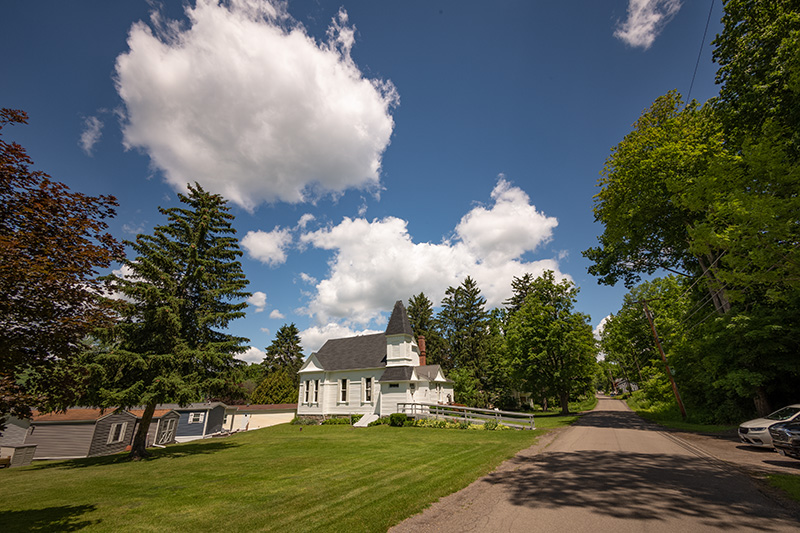
Two attempts to show today's weather. M10, Voigtlander 12mm.
Missing: the cool breeze; the delightful scent of the air.
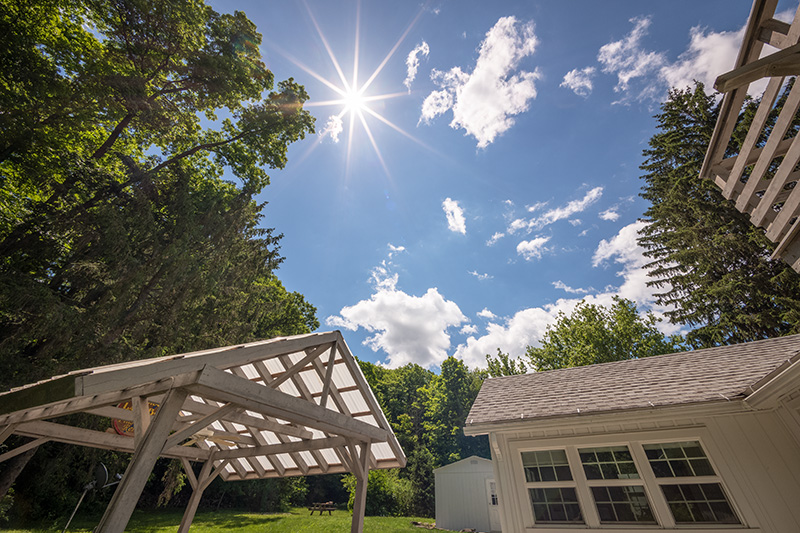
I mention my non-crankiness because I have a somewhat notorious reputation reviewing Leicas, on account of I kinda called out the original M8 for being a half-baked beta-version piece of overpriced merde, which enraged devoted Leicaphiliacs who were at the time prostrate in front of the L-godlet with their arms outstretched and their voices raised in hosannas. (There was a lot of pent-up desire for a digital M at the time.) So some people with long memories are expecting a screed against the M10.
But I'm not cranky. What I am is mystified.
I shall 'splain. Eventually. Read on.
First, we need to distinguish what it means to "design" a camera. There are the technical experts who actually work out how the parts are going to work and fit together and be manufactured; and then there's the guiding intelligence that decides what the parts should do in the first place. Maybe we would call the former "engineering" and the latter "specifying."
I have the feeling that I can usually tell when a camera has been designed—meaning spec'd, its features and its parameters chosen with a practical, unified single vision imposed on the resulting product—by a photographer. A high official at Canon once told me that Canon cameras are not designed by photographers but by engineers. That was more than 20 years ago, though. Yoshihisu Maitani is one of the few Japanese camera designers we know about, because Olympus, uncharacteristically for a Japanese company, featured him in a series of its advertisements. Personally I think you can sort of intuit when one photographer gets to determine the look, feel, and operation of a camera, and the OM-1/2/3/4 series had that feel of someone with an opinion and a vision being in control and calling the shots. In his YouTube videos, Jay Leno sometimes talks about the same thing in car design, lauding the great marques of yesteryear that were guided by a unified vision—Henry Royce of Rolls-Royce, the Duesenberg brothers, Ettore Bugatti, Enzo's early Ferraris. The original Miata (the NA—I saw one just yesterday) is a more recent example. As Don Sherman wrote in 2017, "While it rarely happens in the car biz, the Miata is the brainchild of one person: Bob Hall." Engineers were involved too of course. But, "brainchild."

I have no knowledge of any specifics, no insider information of any sort (I'm an outsider for sure where Leica is concerned): but I think the "gestalt," as they say, of the Leica M10 was guided by a single person, a single vision. And from the evidence, it seems like that person must be a photographer. Regardless of who engineered it. That's just what it feels like.
Works a treat
The overriding impression I have of the M10: beautiful simplicity. Of course, it's a real mechanical rangefinder, meant to accept M lenses, meaning that focus is fully manual and stays where you set it until you change it. And the aperture is set manually via a ring on the lens. So that's two complications masterfully simplified in a way not open to any other company.
From there, a great deal of thought has gone into the simplicity of the controls. On and off is a collar for the index finger around the shutter release—second nature in no time. ISO is set very positively by a labeled dial where the film rewind used to be, on the left-hand side of the top plate; you pull it up to change it and it locks in place when you push it back down again. Very positive, impossible to change by accident, and easy to see where it is set with just a glance: ideal. The shutter speed dial has detents for specific speeds from eight seconds to 1/4000th, with a B setting that holds the shutter open for as long as the shutter is depressed (all right, it can also be set for a specific value greater than eight seconds) and an A setting for aperture-priority mode. In A mode, the camera selects the shutter speed, but AE is activated by a half-press of the shutter (admittedly, this is enabled by the manual focusing, because there's no need to lock focus with a shutter half-press). I love being able to so quickly and fluidly lock AE. A small thumb-wheel on the rear activates exposure compensation, which is visible in the finder.
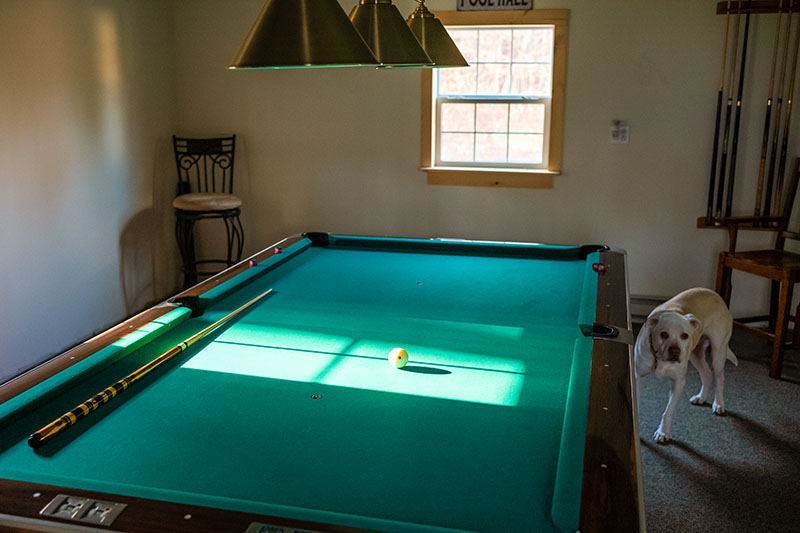
Aside from the thumb wheel, there are only five controls on the back: a set of three buttons, one for live view, one for review, which Leica calls "Play," and one to call up the menu. There is the usual four-way pad, and a button in the middle of it, which most makers label "OK." On the M10 it's unlabeled. We can get into the menu and review (Play) controls another time, because I'm just talking about shooting controls here, but they are similarly sensible and similarly pared down: the menu opens to a "favorites" screen for your most-used options ("Favorites"), but even when the get into the full menu there are only four screens of options. And there's no video, at least that I can find, praise be.) And the "haptics," Erwin's word, are glorious—the responsive shutter that never has to wait for anything else to happen before it fires, the soft shutter sound, the feel and positivity of the dials and button-presses, the "always on," at-a-glance labeling of the settings.
As a whole: AWESOME. Shouting intended! I cannot tell you how I have pined for such logical, thoughtful, pared-to-essentials simplicity, all of it focused intently on doing only what the operator, the photographer, needs. It's what many cameras used to have that, now, almost none do.
Why not?
So my mystification is this: why can't any other camera manufacturer willing to sell a camera at a normal price do anything within a country mile of this? Why aren't there any "beautifully simple" cameras outside of Leicas? Is it that hard to do? Is it impossible for Canikon or Panasony to put one photographer in charge of just one project to design just one positively simple camera, instead of some mealy attempt that's just crippled or cheapened? I mean a camera with top capabilities, so that the quality of the results aren't compromised. Everybody else's half-arse attempts come across as decontenting, or else they simply can't bring themselves to do it. They have to heave in the whole overflowing junkbox of features like an addict has to have his fix.
Even with Leica showing the way no one else can do it? No one cares to try to mimic the most prestigious camera brand in the world? Not one company has the courage to leave video off just one model?
I shake my head in despair. I really do.
Or is it just that it really is too difficult to do, and all the companies apart from Leica just don't have the ability? Perhaps because all the other makers' products are all designed by committees, with bumpkin bean counters and fractious marketers squirming in their chairs, thence to be executed by teams of non-photographer engineers. Does only Leica have the courage—or is it that only Leica has the genius? Maybe other companies don't do it because they can't. Jobsian simplicity is hard.
Anyway, won't, can't, whatever, we know it will never happen. It's just the way it is, and there ain't no use in cryin'. At least we have the M10 like the 300 at Thermopylae. Beautiful simplicity's last stand.
Verdict
Anyway, the shooting experience with the M10: so simple, so pleasurable, so free, so freeing; so in control, so easy to trust, so plain, so clear. So purposeful and un-confusing. So responsive, positive, and at your service. So easy. And pleasurable and fun. A tool at the service of the operator. It's not the fastest camera to operate (I'll have more to say about ergonomics and operation in a future post), although it is one you'll improve with as you get more familiar and more fluent with it. But to use it is—what a strange thing to say in 2022!—relaxing. It's surefooted. You're in command and in control.
That's beautiful simplicity. Sorely, sorely lacking in today's tools for still photography, sad to say. And ahhh, such a relief to find, finally, in a modern camera, somewhere. It exists. Praise the lord. Beautiful simplicity is possible. Leica has done it.
To whoever might have been responsible, if indeed it is one person: thank you, I needed that.
Mike
[TOP will return on Monday, as I take the weekend to work on my upcoming article and my book. I am split three ways these days. But I will post all the comments today if it kills me. Have a great weekend!]
*Highly dated Boomer reference. Ah well, I yam what I yam. (That was also a highly dated Boomer reference.)
Book o' the Week:
Inspiration Leica Akademie (English and German Edition). A "group show" of 76 Leica Akademie photographers from 16 countries worldwide, curated by Heidi and Robert Mertens. Please tell us what you think if you have this book!
The book link is your portal to Amazon from TOP.
Leica is B&H and B&H is Leica
Original contents copyright 2020 by Michael C. Johnston and/or the bylined author. All Rights Reserved. Links in this post may be to our affiliates; sales through affiliate links may benefit this site. As an Amazon Associate I earn from qualifying purchases.
(To see all the comments, click on the "Comments" link below.)
Featured Comments from:
Tony Roberts: "What a terrific rave. If Leica doesn’t give you an M10 on permanent loan, they’ve lost their minds."
Aaron: "There’s a new version of Lost In Space on one of the streaming services. We watched it with our kids. My short review: Don't watch it unless watching with kids."
Jack Mac: "Mike, Please take it out of your back yard; it’s OK if it gets dinged. A ding by the famous Online Photographer would only add to its value to me. Oh, and this wasn’t an investment, it’s a user and I’m not planning on ever selling it, just using it, once you get tired of it. The color of the camera has turned out to be quite appealing, and has been offered by Leica in their SL and Q line without a limit on numbers. For me, the color makes the camera attract even less attention than the usual Leica M. Unless it’s someone who has read your blog, and then they will ask, 'Ah! Is that a Mike Johnston Reporter?' I will proudly say, 'Yes, it’s the actual Reporter he used, see the ding right here?'"
Pierre Charbonneau: "About the M10, you have nailed it very well, thank you. I would just point out that the one you have photographed when we met last month is actually a Monochrom. Pretty close to the Reporter but not as gorgeous.... On the other hand, there is no white balance or color temp to adjust. Could it be simpler?"
Rob de Loë: "I am 100% not interested in Leica. I don't like rangefinders, and even if I could afford to buy Leica, which I cannot, I likely wouldn't because I find the whole Leicaphile routine so annoying. But I enjoyed this post thoroughly and will read the follow-ups. I may even come to appreciate Lecia a lot more based on your posts (even if I still won't want one!)
"Regarding simplicity and design, you're not wrong. However, I don't have any trouble ignoring the things I don't need or want on my non-Leica cameras. I know my Fuji cameras can do video, but it would take me a while to figure out how. I set them up to do what I want, and ignore the features and functions I don't need or want. Perhaps that's harder with other brands?"
William Cook: "Thanks Mike. Refreshing post. I felt as you do about your experience with this camera. I splurged—more than splurged (scrimped and saved)—to get the Leica Q2 Monochrom. I could never afford a real rangefinder Leica…more accurately, could never afford the lenses once purchasing the camera body. Then came the Q2M. Additional lenses aren’t required and it has image stabilization which is a must have for my shaky hands. It’s not as pared-down as the M10, but the monochrome nature really simplifies things. Once the Mono version came out, it seemed so right that it was now or never and I don’t regret sacrificing to get it. And how right I was—the black-and-white sensor is unbelievable and using yellow, orange, red, and CPL filters again is a manual joy. I know I’ll never realistically go back to black-and-white film and darkroom work again so this camera goes a long way to bringing that joy back again. Sorry to sound like such a fanboy, I’m really not; what with the whole Veblen aspect of Leicas, which I’m not fond of. But, like you mentioned, no other company has the ooomph to produce this sort of camera so we at least owe the devil his due."
scott kirkpatrick: "Who's the 'auteur photographer' at Leica? There are three candidates: Stefan Daniel (started at Leica as an apprentice at the repair bench, now VP for all product engineering); Jesko von Oeynhausen (joined Leica after university studies in optical engineering at Koeln, has been responsible for each of the M cameras, and has a larger role at the moment, reporting to Mr. Daniel); and Peter Karbe, head of lens design since the Mandler era, responsible for the tiny APO M Summicrons and the larger, more optimized APO SL Summicrons. And quite a few other lenses. He recently retired, and then returned a day later to take on a role as 'process quality coordinator' across all of Leica Camera's products. Karbe and Daniel are the guys who can tell you what the engineers were really trying to accomplish, and they do that on YouTube quite effectively. But I suspect Jesko's the real auteur, who has managed user interface simplification and unification across all of the several current lines."
Sam: "Re 'Why aren't there any "beautifully simple" cameras outside of Leicas?' Immediately thought of the Pixii (to be honest, I'm thinking of it almost every day)."
Kye Wood: "Decades of marketing have brainwashed the masses to see 'more' as the benchmark of both desirability and value. So simple solutions and elegant functional design are rarely commercially viable. First World problem."
JimK: "LOL...I get the feeling you think it's OK. I would have you speak to Kazuto Yamaki—see if he and Sigma could do something similar with a three-layer chip. That would bring me much joy!"
Dean Johnston: "Some have mentioned the Fuji X Series cameras, which is understandable. I agree in part, that they are quite simple.
"I own an X100s, and even though it’s a little old, and a little slow, I still love it. It was a fantastic release / relief when I first got it. Much simpler, or at least, able to be set and used much more simply than my other digital cameras. In particular, I loved (and still love) the aperture ring. The camera, in use, felt like being freed.
"Now I have an M10, and while I still think the Fuji is great, the M10 is, I think, on another level. Sure, it might be only a little simpler on spec (more along the lines of 'it doesn’t have the extras' vs. 'it can be made simple'), but in practice that tiny 'spec percentage' is really a giant 'use percentage.' For me anyways.
"The flip side is of course, true rangefinders like Ms are limited in many situations, and maybe an X-Pro3 would be the better choice for many who want a rangefinder-like experience (and even with three really good prime lenses added, about half the price of a current M body). I had to think long and hard over this.
"In the end I just went with my gut, and I’m pleased I did. But still, a tough choice. (But speaking of 'gut,' I literally could not sleep all night after I hit 'buy.' But, I’m over that now. Mostly....)"
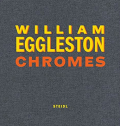 Chromes is an edit of more than 5,000 Kodachromes and Ektachromes taken from 10 chronologically ordered binders found in a safe in the Eggleston Artistic Trust. This archive was once used by John Szarkowski, who selected the 48 images printed in Eggleston’s seminal book William Eggleston’s Guide, while the rest of the archive has remained almost entirely unpublished. Three volumes, slipcased.
Chromes is an edit of more than 5,000 Kodachromes and Ektachromes taken from 10 chronologically ordered binders found in a safe in the Eggleston Artistic Trust. This archive was once used by John Szarkowski, who selected the 48 images printed in Eggleston’s seminal book William Eggleston’s Guide, while the rest of the archive has remained almost entirely unpublished. Three volumes, slipcased.